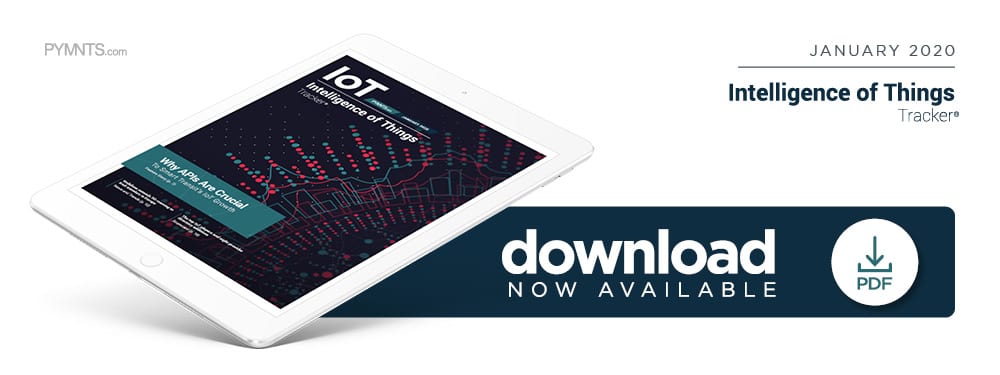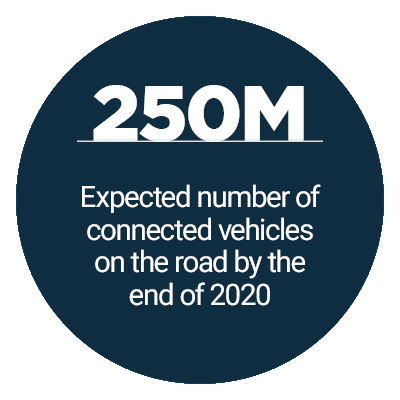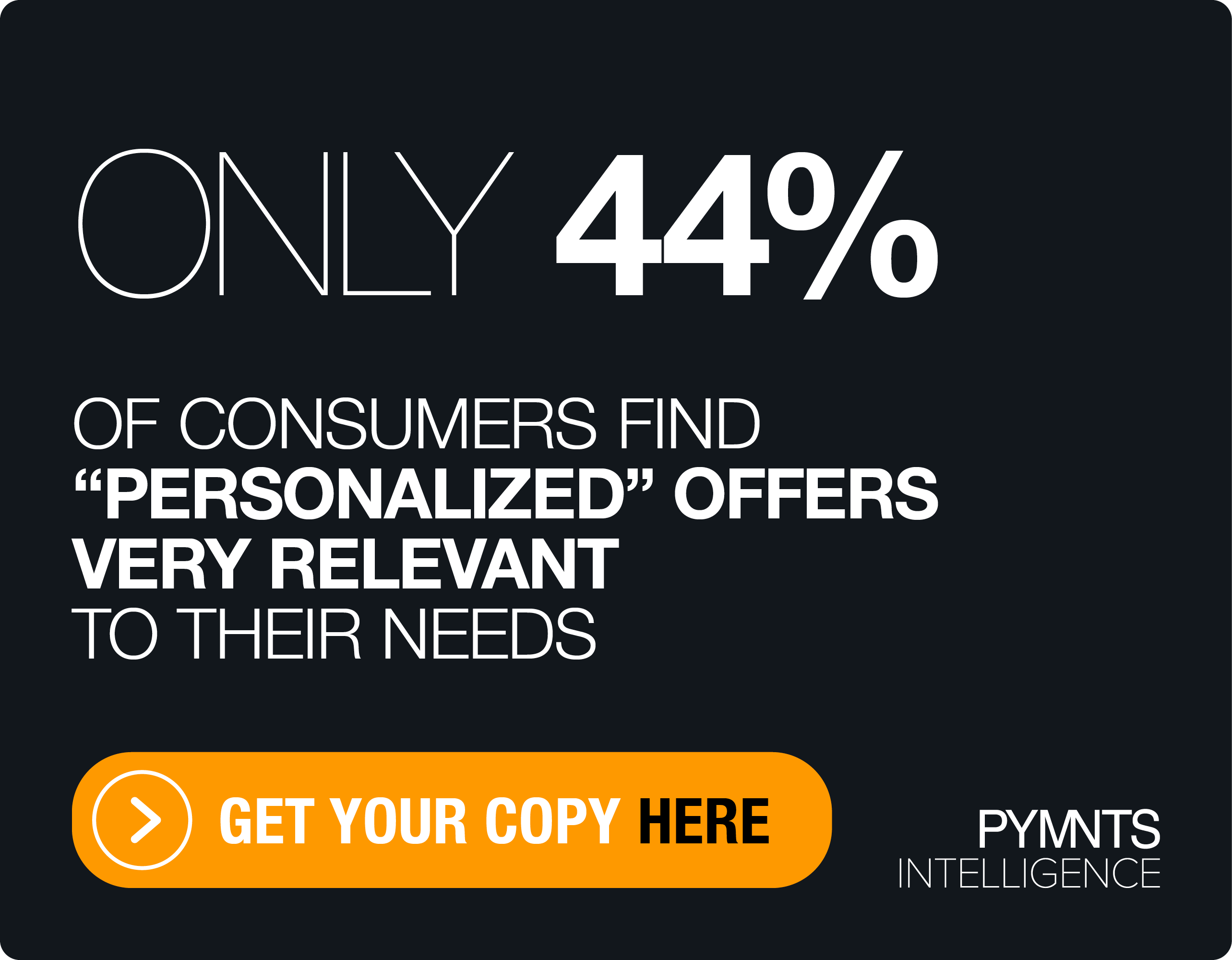Why An API May Be The Ticket To Solving Public Transit’s Cash Flow Jam

 There will be approximately 25 billion Intelligence of Things (IoT)-enabled devices in use by the end of 2021, and many of these devices will find their way into industries like city planning and transportation.
There will be approximately 25 billion Intelligence of Things (IoT)-enabled devices in use by the end of 2021, and many of these devices will find their way into industries like city planning and transportation.
The rapid spread of networks and communicative technologies, including 5G, is definitively contributing to this growth, as such networks make it possible for IoT-connected devi ces to send and receive messages, as well as other data, much more quickly and efficiently. Providers still need to work out some of the kinks in their devices before smart cities of the future can fully emerge, however, including fraud and security concerns impacting the popularity of IoT-enabled technologies.
ces to send and receive messages, as well as other data, much more quickly and efficiently. Providers still need to work out some of the kinks in their devices before smart cities of the future can fully emerge, however, including fraud and security concerns impacting the popularity of IoT-enabled technologies.
In the latest Intelligence of Things Tracker, PYMNTS looks at how the IoT-connected world is continuing to develop, as newer tools and technologies emerge to support a higher level of communication and speed for these devices.
Around The IoT World
Telecommunication giants, such as AT&T and Nokia, are getting more involved in the IoT world, thanks to the continued spread of 5G technologies and enabled networks. The two telecommunication services have partnered in Germany, where they will work to launch an IoT innovation studio for the development of new projects. Third-party companies are welcome to take advantage of the studio’s space, both to work with AT&T and Nokia or to work on their own projects with partners.
 Others are taking their own shots at IoT-enabled device development, such as a new smartglasses concept from Bosch. The electronics company’s design incorporates light technology to improve the image quality for potential users as a way to enhance the glasses’ visibility. The glasses are also connected to consumers’ online accounts so they can receive notifications and other alerts through the lenses.
Others are taking their own shots at IoT-enabled device development, such as a new smartglasses concept from Bosch. The electronics company’s design incorporates light technology to improve the image quality for potential users as a way to enhance the glasses’ visibility. The glasses are also connected to consumers’ online accounts so they can receive notifications and other alerts through the lenses.
There are other communication technologies also rising alongside 5G to ease IoT development. A new standard for IoT-enabled devices, known as Wi-Fi 6, has just passed the first tests required by the Wireless Broadband Alliance (WBA). The standard was created by the WBA for further support of IoT-enabled devices and communication, now that they are growing more popular, and the tests were designed to make sure that Wi-Fi 6 could handle chaotic environments when supporting these devices.
For more on this and other stories, visit the Tracker’s News & Trends section.
How APIs Could Optimize The Growth Of Smart Cities
Application programming interfaces (APIs) have attracted a significant level of hype, especially in the IoT world. However, there are many providers that still have misunderstandings about the potential uses of these interfaces, which can stall growth for future IoT projects.
APIs are critical, though, to the development of smart cities, such as with public transit systems. That is why it is essential that technology providers are educated on why APIs are not one-size-fits-all solutions, said Eric Kaled, president of smart fare collection solutions firm Genfare, in a recent interview with PYMNTS.
To learn more about how to use APIs for smarter transit, visit the Tracker’s feature story.
About The Tracker
The Intelligence of Things Tracker showcases companies leading the way in all aspects of IoT.
